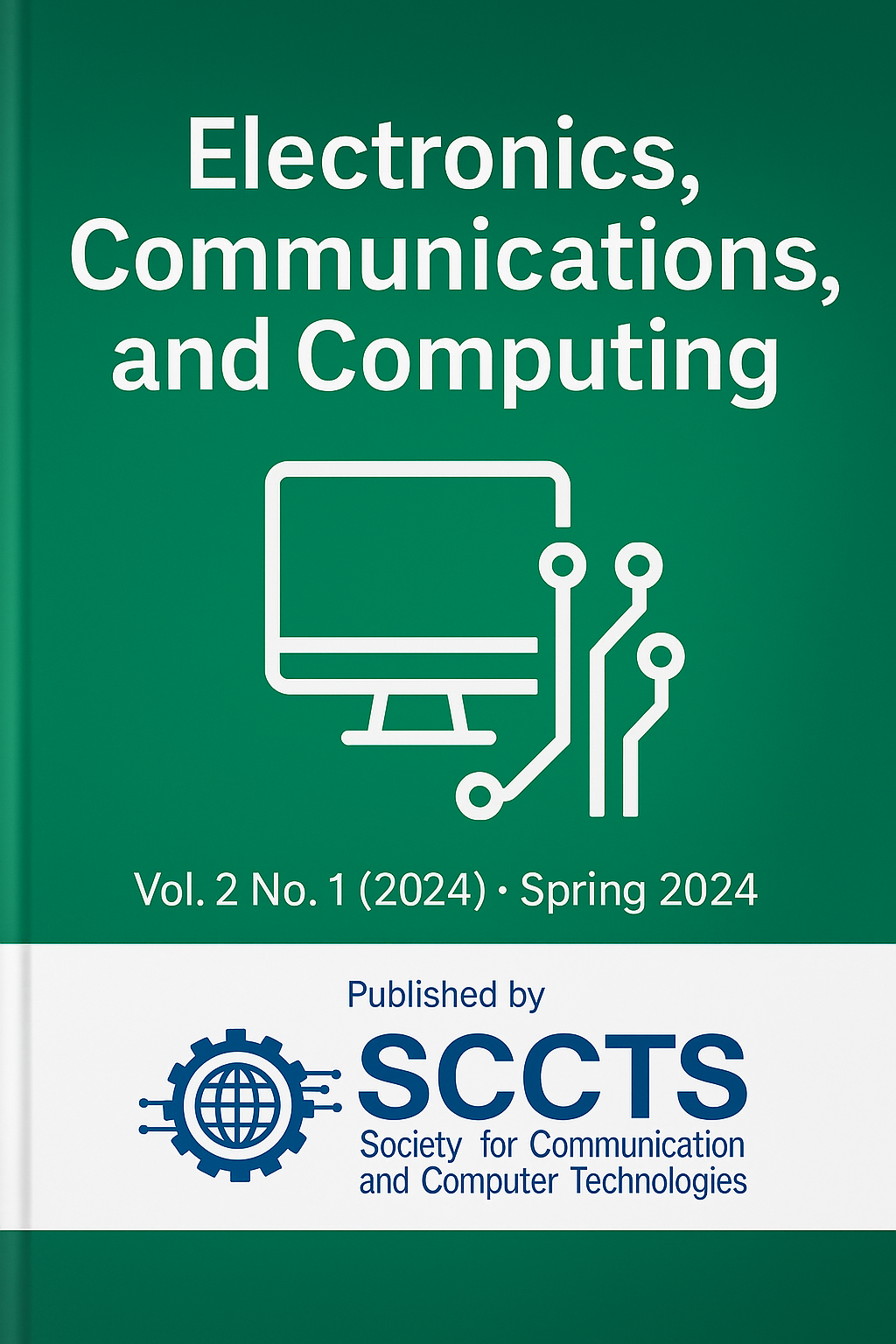Design and Deployment of Smart Sensor Networks for Advanced Electronics and Industrial Automation
Keywords:
Smart Sensor Networks, Industrial IoT (IIoT), Edge Computing, MQTT, Industry 4.0, Fog Computing, Anomaly Detection, Electronics DiagnosticsAbstract
The high pace of development of the advanced electronics and the advent of Industry 4.0 is what makes the need of the intelligent, adaptive, and scalable sensing infrastructure more significant as several real-time monitoring, control, and diagnostics in the conditions of a complex industrial setting need to be supported. Innovative systems based on the traditional centralized architecture like SCADA can hardly satisfy the low-latency and high-reliability as well as flexibility needs of the recent industrial applications. To overcome these constraints, the proposed paper will report how a strong Smart Sensor Network (SSN) framework was designed and deployed to meet the specifications of the next-generation electronic products and industrial automation systems. The goal is to come up with a distributed architecture to enhance heterogeneous sensor nodes that will incorporate edge computing technology and secure cloud-based data processing by utilizing lightweight and low latency communication protocols. The suggested SSN will use temperature, vibration, voltage, and current sensors that will be interconnected within a hybrid network structure composed of a mix of IEEE 802.15.4 and Wi-Fi 6 which we will convey the messages to the edge through MQTT. Simulated PCB assembly line and simulated power diagnostics environment: The system is deployed in a PCB assembly line and power diagnostics environment that mimics real world conditions in the industrial situation. The real time preprocessing and anomaly detection is performed by a fog enabled gateway in the form of TensorFlow Lite models. Architecturally, the architecture concentrates on the deployment of fault-tolerant nodes, time-synchronization of data-collecting and secure data transmission. In the experimental analysis, the percentage of the latency time in the transmission of the data has been reduced by 45 and the percent of anomaly detecting time has been enhanced by 32 in comparison to the traditional SCADA frameworks. Also, the SSN attained 29 percent reduced power consumption on the nodes and enhanced recovery time under the fault conditions. Other main issues of deployment noted in the paper are protocol interoperability, cybersecurity threats and power optimization of sensor nodes. Scalable deployment-strategy is suggested to guarantee the system adaptability when used in different industrial settings, e.g., PCB assembly lines and power electronics diagnostics. Finally, the SSN framework proposed achieves major improvements in terms of performance and adaptability, and it offers a promising tool in the ongoing smart and real-time monitoring processes in Industry 4.0-enabled venues.



